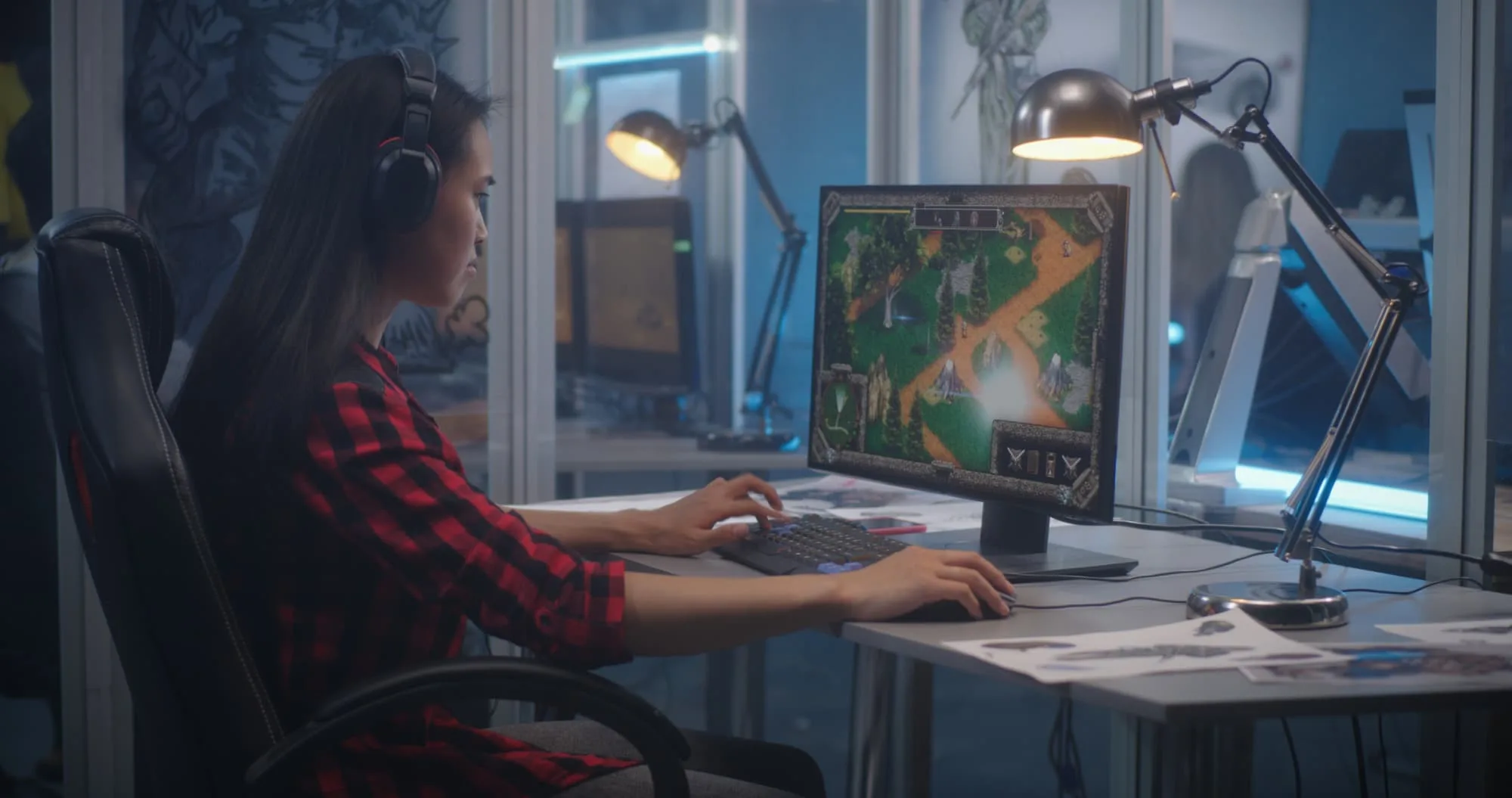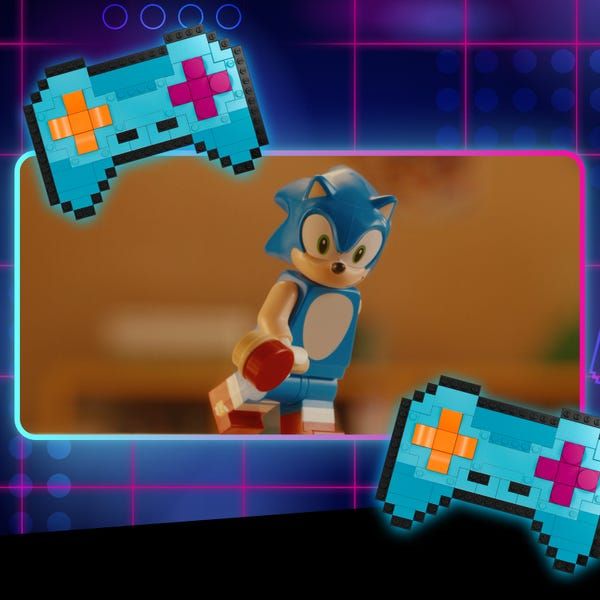
Body language is a powerful form of non-verbal communication that plays a crucial role in NPC (non-playable character) communication within video games. While NPCs may not have the ability to speak like human players, they are still able to convey a wide range of emotions and intentions through their body language. In this article, we will explore the importance of body language in NPC communication and how game developers utilize this form of communication to enhance the overall gaming experience.
When interacting with NPCs in video games, players must pay close attention to their body language in order to understand their motivations, emotions, and intentions. Just like in real life, NPCs use a variety of gestures, facial expressions, and postures to convey their thoughts and feelings to the player. For example, a slumped posture and a frown may indicate sadness or defeat, while a wide smile and open arms may signal happiness and friendliness.
One of the key roles of body language in NPC communication is to provide players with cues and hints about the NPC’s personality and objectives. By observing an NPC’s body language, players can gain valuable insights into the character’s traits, such as whether they are trustworthy, aggressive, or deceitful. This information can be crucial in making decisions within the game, as players may choose to trust or distrust an NPC based on their body language cues.
In addition to conveying emotions and personality traits, body language can also be used to create a sense of immersion and realism within the game world. When NPCs move and interact in a natural and lifelike manner, players are more likely to feel connected to the game environment and the characters within it. This can enhance the player’s overall gaming experience and make the interactions with NPCs feel more meaningful and engaging.

Game developers understand the importance of body language in NPC communication and often go to great lengths to ensure that the animations and movements of NPCs are realistic and expressive. By using motion capture technology and advanced animation techniques, developers can create lifelike gestures and facial expressions that accurately portray the emotions and intentions of NPCs. This attention to detail helps to create a more believable and immersive game world for players to explore.
In addition to enhancing the player’s gaming experience, body language in NPC communication can also be used to drive the game’s narrative and storyline. By conveying important information through subtle gestures and movements, NPCs can guide players through quests, provide hints about hidden secrets, or reveal plot twists that keep players engaged and invested in the game’s story. This interactive and dynamic form of storytelling adds depth and complexity to the game world and encourages players to explore and interact with NPCs in meaningful ways.
Furthermore, body language in NPC communication can also be used to create memorable and impactful moments within the game. By carefully choreographing key interactions between players and NPCs, developers can evoke strong emotional responses from players and leave a lasting impression on their gaming experience. Whether it’s a heartbreaking farewell, a tense standoff, or a joyous celebration, these moments of NPC communication can shape the player’s perception of the modded minecraft server host game world and the characters within it.
In conclusion, body language plays a vital role in NPC communication within video games. By observing and interpreting the gestures, expressions, and postures of NPCs, players can gain valuable insights into their emotions, motivations, and intentions. This form of non-verbal communication enhances the player’s overall gaming experience, creates immersion and realism within the game world, guides the game’s narrative and storyline, and creates memorable moments that leave a lasting impact on players. Game developers continue to utilize body language in NPC communication to enhance the depth and complexity of their games, ensuring that players feel connected and engaged with the characters they encounter along their journey.
